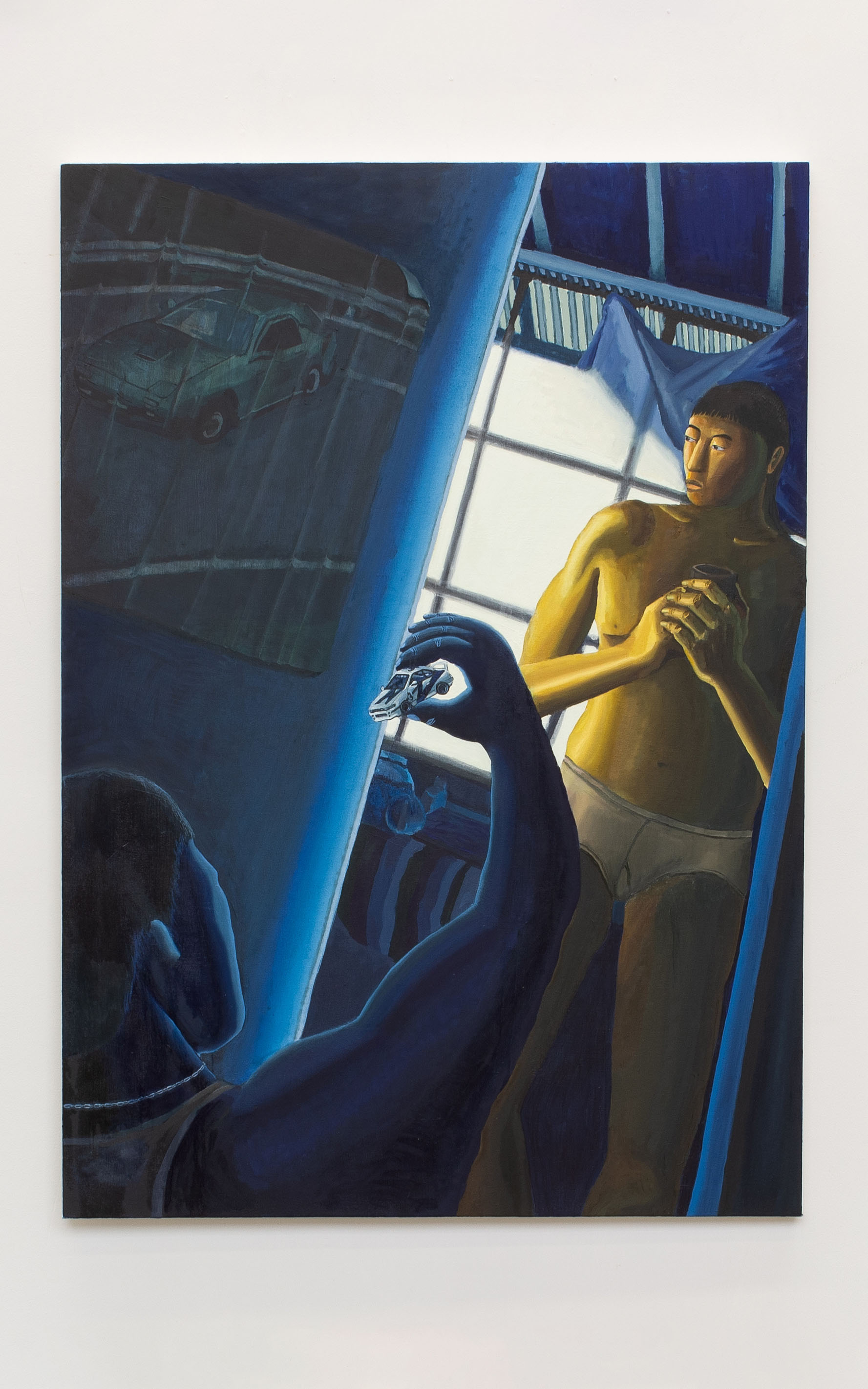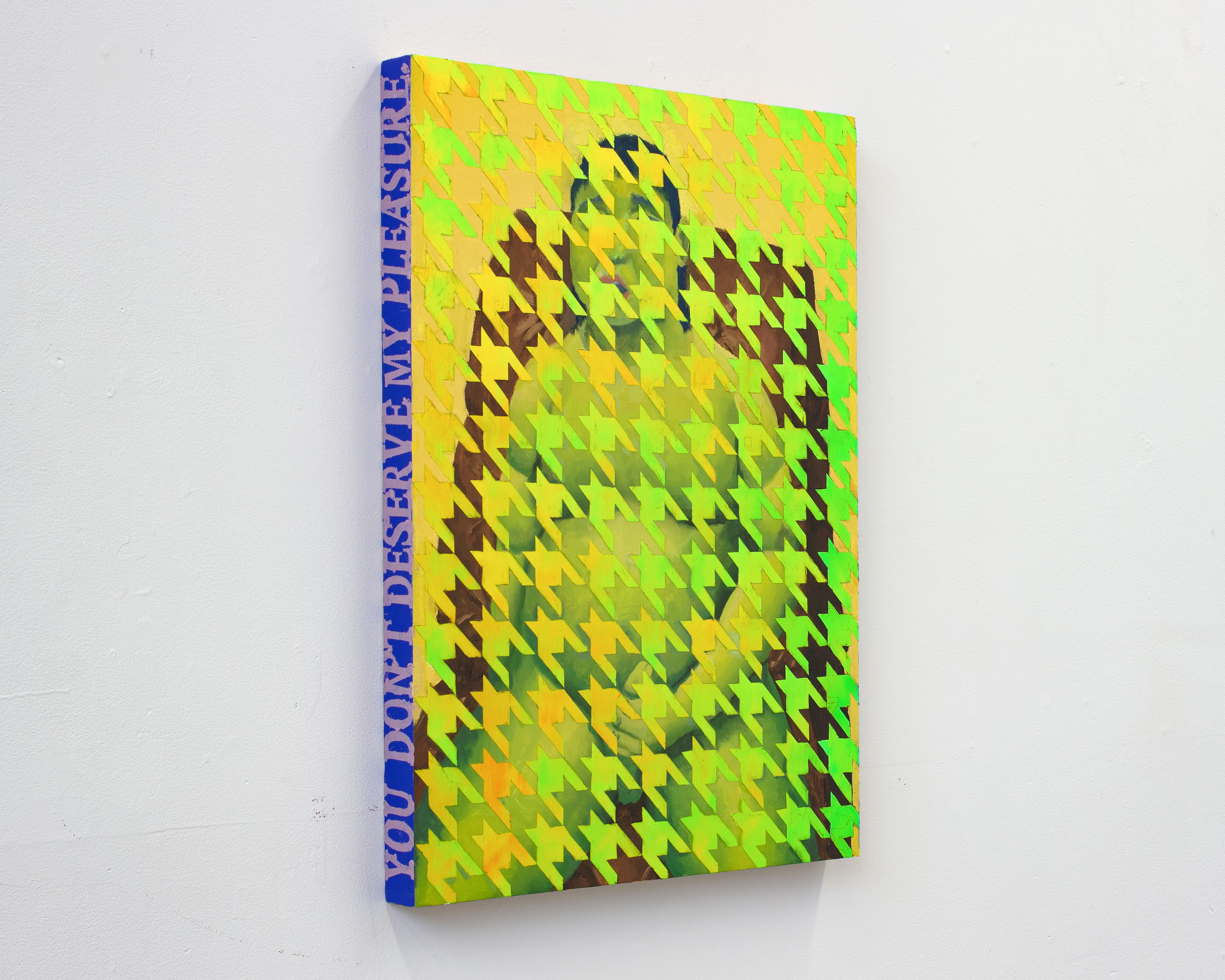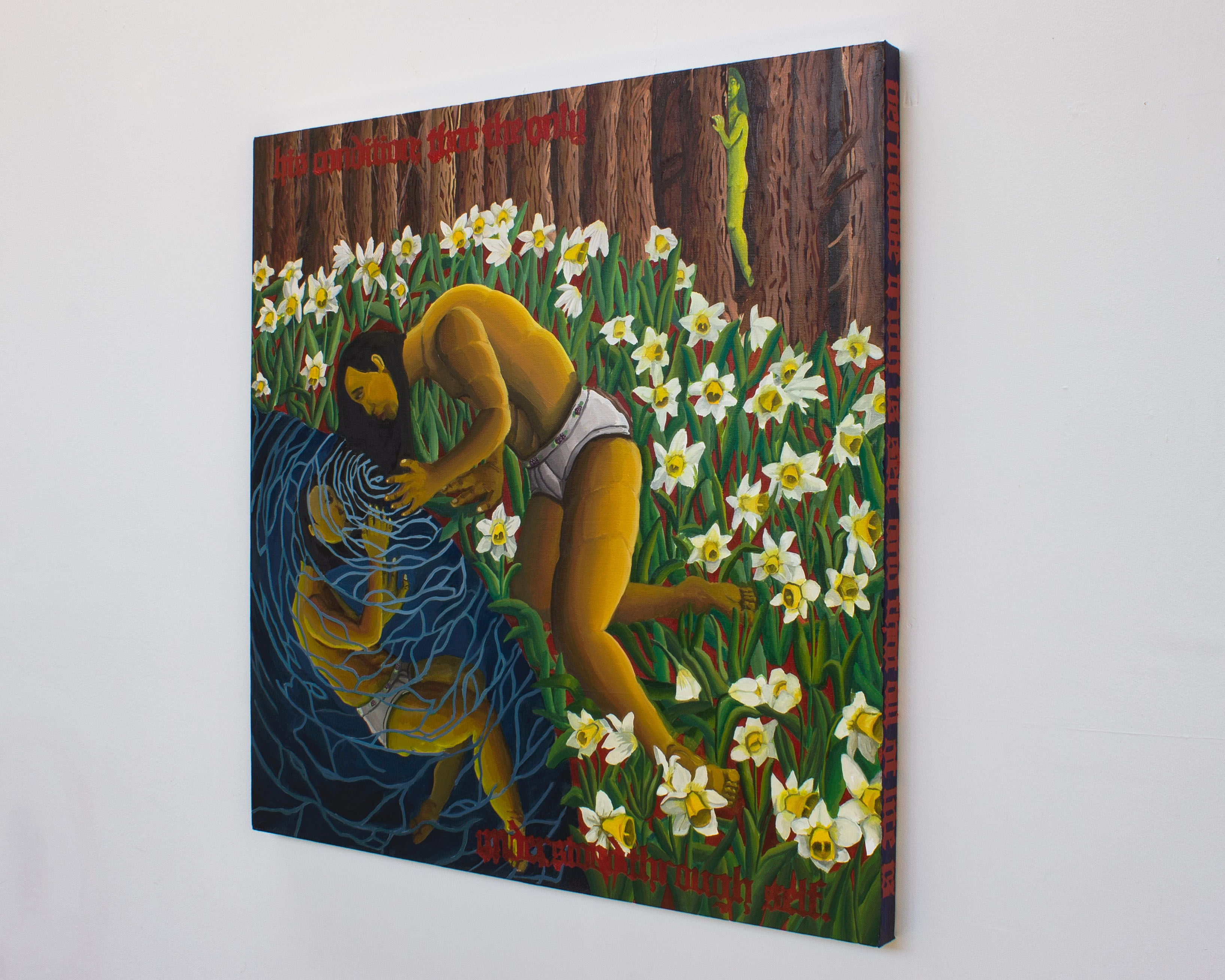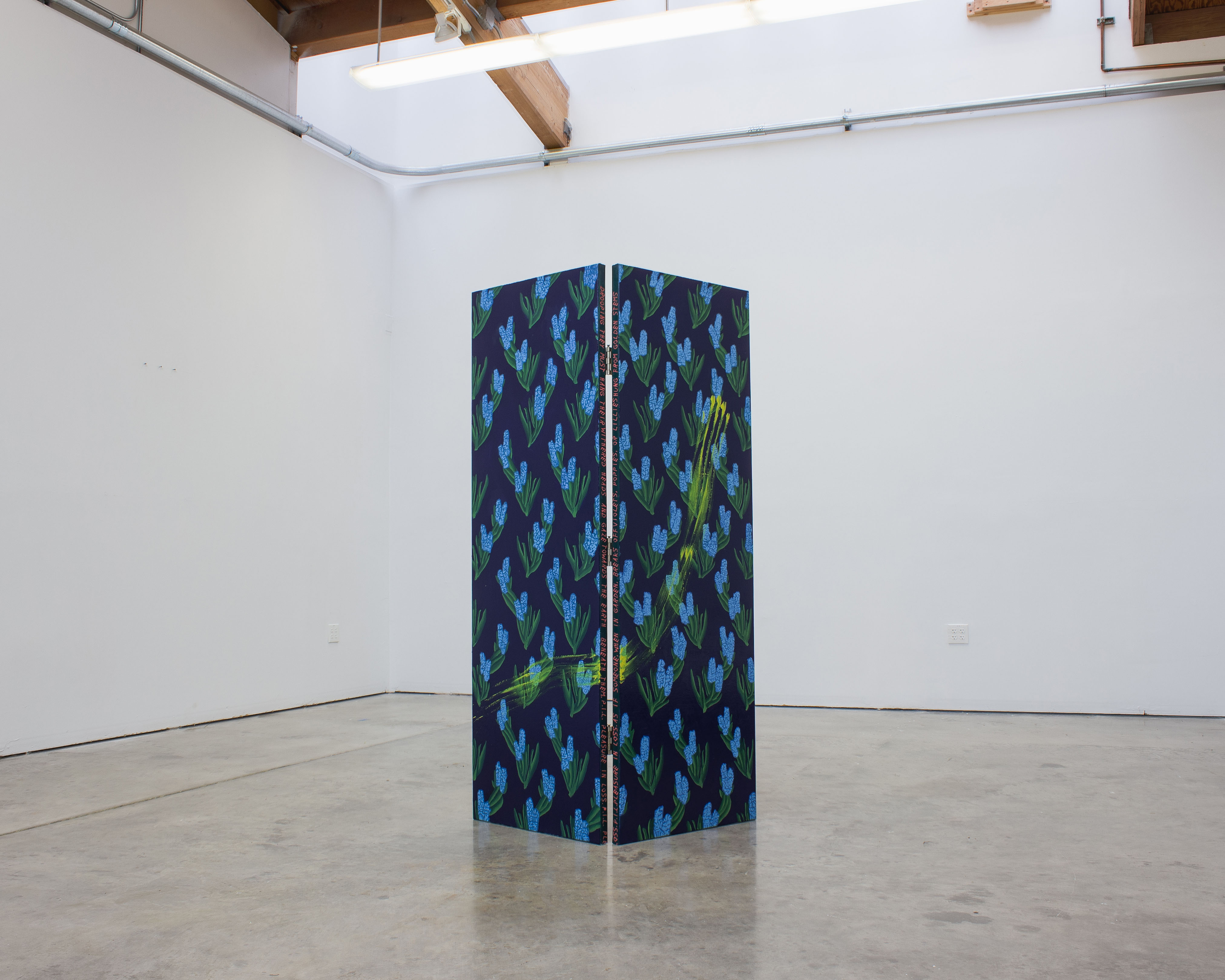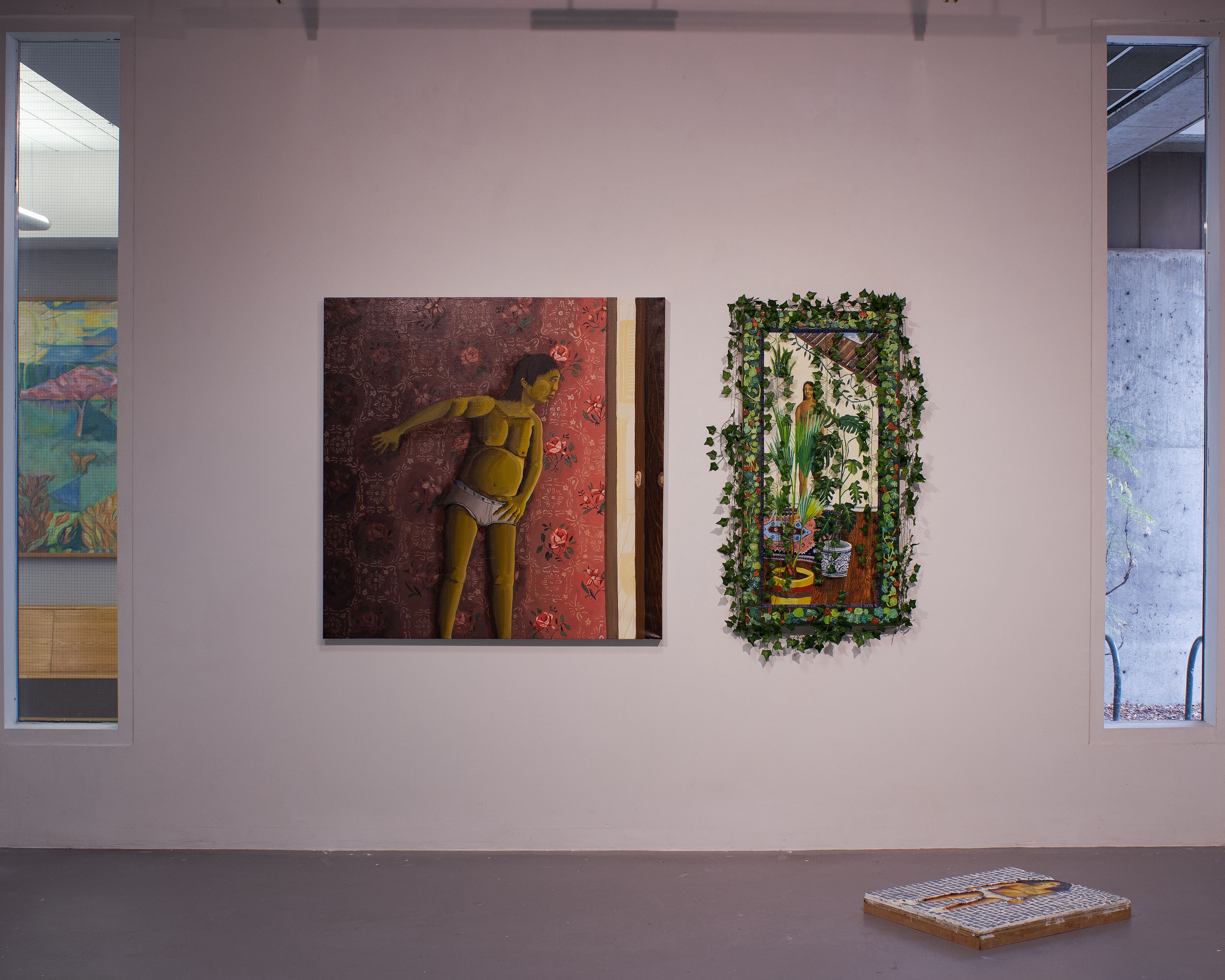Will Zeng uses painting, performance, and object-making to explore subjectivity through the intersection of Asian American, masculine, and queer identities. Zeng engages tensions between subject and object, graceful and pathetic, shame and pleasure, intimacy and distance as means of articulating a lived experience. His work currently utilizes the rice rocket, a racially derogative term that broadly describe compact Asian import cars modified in bad taste and import racing culture as a space for exploring the opportunities presented by the failure of the Asian American masculine subject.
HOW I CHOOSE TO SPELL MY NAME, OR, WITH BOTH FEET IN DIFFERENT WORLDS
For Will Zeng
March 15, 2023
“There’s a tendency to think that if you are a multiplicity, you are dispersed,” stated filmmaker and theorist Trinh T. Minh-ha in a recent interview with BOMB Magazine. “Actually, you are a multiplicity because you are very much one with yourself. If you are one with yourself, you can be many at the same time. … In gazing at a mountain—a form of solidity—or at water—a form of liquidity—you are both mountain and water.”1 When we contemplate solidity and liquidity, we come to understand that they are not diametric opposites; solidity and liquidity offer two possibilities of plasticine existence held together in the same hand—two facets of the multiplicity of form. Multiplicity is not a juggling act, it is an overlay, an overlap, that blends the lenses of perception into a seamless field of vision. Have you seen the multiverse montage of Michelle Yeoh in Everything Everywhere All At Once? Have you ever stood at the Four Corners Monument of the United States of America and placed each limb in a different state? What constitutes the contemporary Asian American portrait; what reifies the Asian American experience? Will Zeng renders his subjects’ likenesses not through mere phenotypic observation or the easily-called-upon narrative of the “stinky lunch” that regurgitates the othering of truncated Asianness, reduced to a series of tropes and icons in the gaze of American popular culture.2 He instead draws upon an amalgamation of that which surrounds his subjects—a dreamscape realized—with the multiplicity of identity and experience, the liminality of hyphenation.3
1 “Trinh T. Minh-ha by Shivani Radhakrishnan,” July 18, 2022.https://bombmagazine.org/articles/trinh-t-minh-ha/.
2 See: Edward Said, Orientalism, Vintage Books, 1978.
Zeng’s work calls forth the space of the overlap in an effort to name it and therefore to shape it and know it, to identify its contours and its referents that construct its reality. The hyphen is a connecting joint, a web that stretches and encompasses more than it delineates. It glues things together, in defiance of binaric codependency, allowing them to maintain their individual structures all the while generating a new, unknown being. For Zeng and his subjects, the hyphen brings together masculinity and queerness, grace and pity, shame and pleasure, visibility and invisibility, clenched in the same fist. The Asian American identity is often experienced as such: to exist in many worlds at once, and thus to generate a new one from within the overlap. Zeng’s hyphen is not submissive; it expands in search of approximation and understanding.
Jason N. Le
3 See: Dominika Bara, “Hyphenated Identity,” in Language in Immigrant America, Cambridge University Press, 2017.
